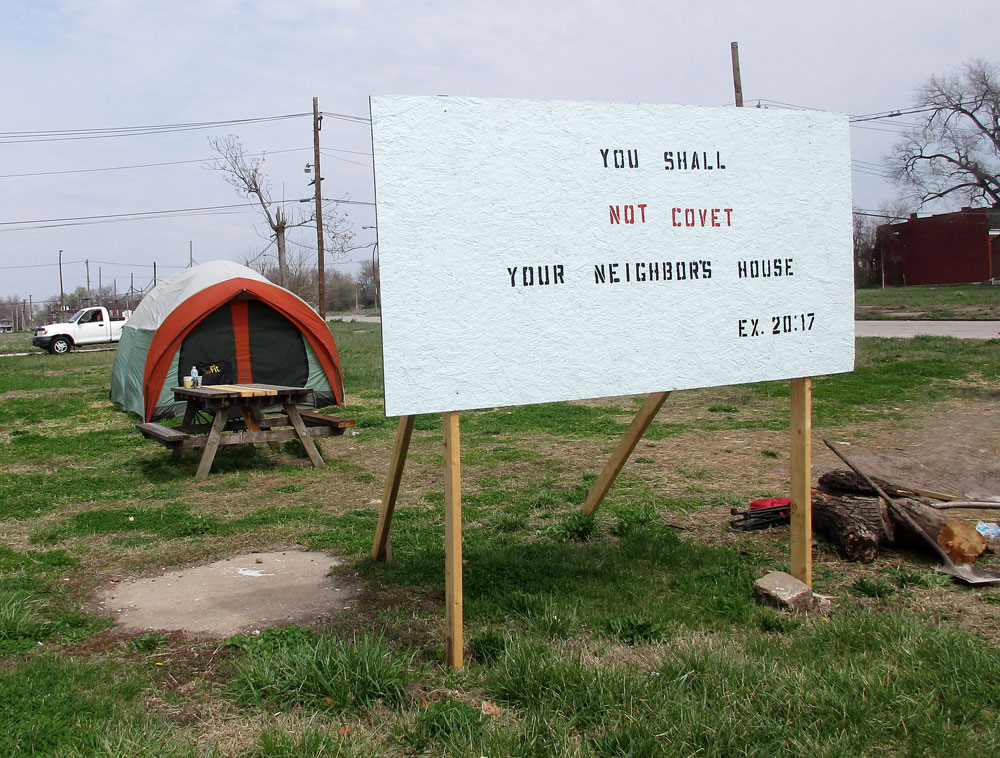
March 11, 2020; New York Times
The climate crisis has raised the stakes for those who live on our nation’s coasts and along its rivers. With flooding ever more frequent, protecting the lives and property of those who live in flood-prone communities strains the resources of individual residents and the governments that serve them. Before us now is how we, as a matter of social policy, should balance the human meaning of home and community against the high cost of repeatedly responding to rising waters and repairing the damage left when they recede.
At the federal level, the Army Corps of Engineers is charged with leading efforts to “reduce the risk of loss of life [and] reduce long-term economic damages to the public and private sector” from flooding. Historically, as reported by the New York Times, it has approached this task by investing in major infrastructure projects to harden the landscape, like “building sea walls, levees, and other protections” and “elevating homes. The Corps generally pays two-thirds of the cost, which can stretch into billions of dollars. The local government usually pays the rest.”
In 2015, this strategy changed. The Corps determined that the cost of continuing to invest in areas certain to flood over and over again was too high. Instead, they shifted their focus to removing residents from flood-threatened areas by having local governments purchase and destroy houses at risk. They even went so far as to require, as a condition for getting federal funding, that they use the power of eminent domain to force unwilling property owners to give up their homes.
Sign up for our free newsletters
Subscribe to NPQ's newsletters to have our top stories delivered directly to your inbox.
By signing up, you agree to our privacy policy and terms of use, and to receive messages from NPQ and our partners.
The Corps made this decision with its eyes open, recognizing the difficult choice for local officials. According to Jeremy LaDart, an economist with the Corps who spoke about this strategy during a 2016 webinar, “I know what we’re saying. In order to do this project with us, you’re going to have to commit to buying out your constituencies and constituents and doing something that may not be popular.” A.R. Siders, a professor at the University of Delaware, told the Times that the threat of climate change required such drastic action. “The degree of action we’re taking needs to match the degree of the crisis.”
A homeowner is asked to sell if, under the Corps’ assessment, the cost of buying the house, tearing it down, and relocating those who live there is less than the damage the house is expected to bear in the next 50 years. Federal funding is available to help purchase these homes, but not for continued efforts to protect and rebuild.
Nothing in this calculus assigns a value to the meaning of a home to its residents, the historic impact of a neighborhood or community, or the political challenge to local elected officials. Roman Gastesi, a county administrator in the Florida Keys, sees eminent domain as a step too far: “We don’t want to kick people out of their houses.” And for Giovanni Rodriguez, a 39-year-old freelance musician who faces the loss of his home in a flood-prone area of Nashville, the threat is very personal—“I would lose this house that I love.” The use of eminent domain can also evoke memories of black, brown, and poor neighborhoods being taken away to fuel urban renewal and gentrification.
As the Corps pushes forward, 30 communities must choose their strategy: accede to the government’s wisdom or go out on their own. Their struggle to find the balance between two right but irreconcilable conclusions will foreshadow the difficult choices other policymakers will face as climate change continues to alter the very landscape of our nation.—Martin Levine













